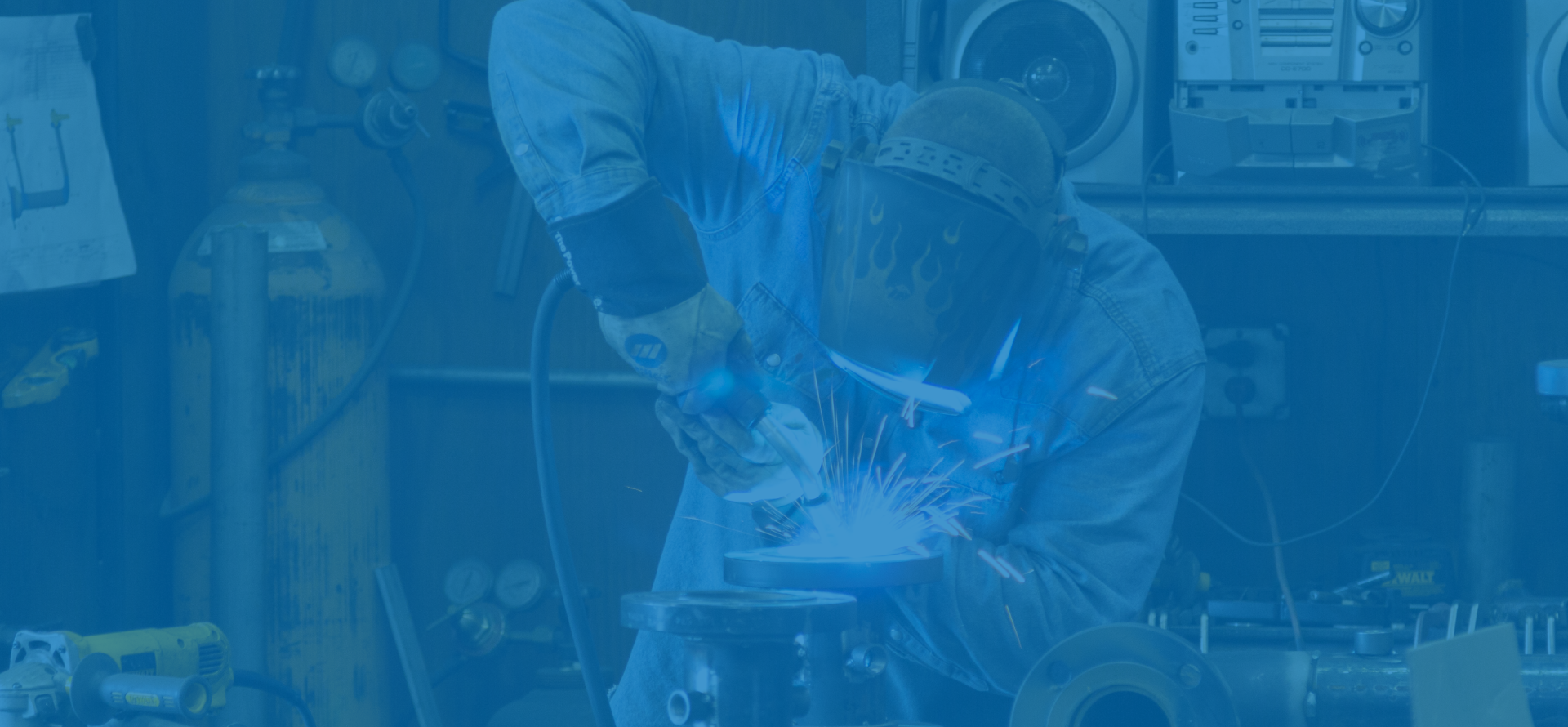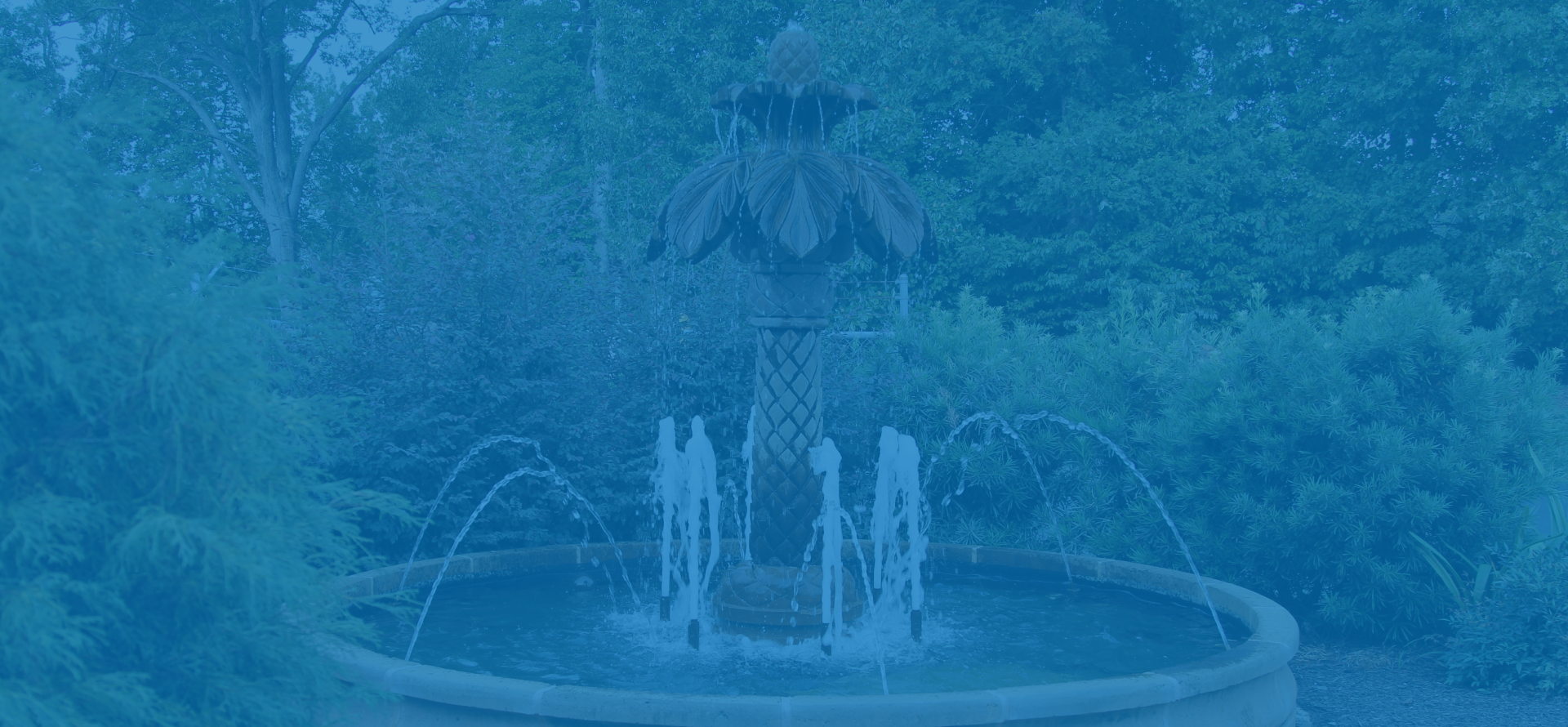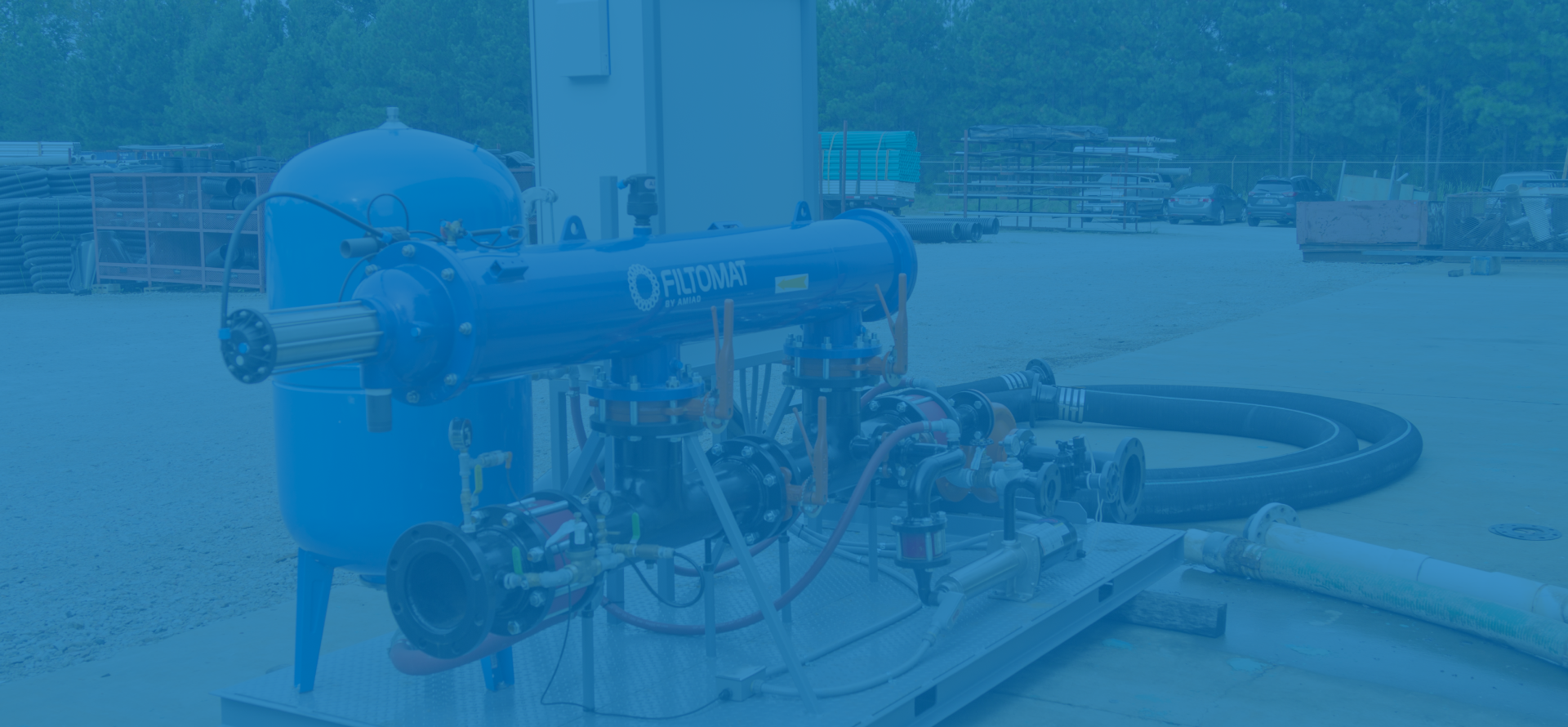Ultimate Guide to Choosing the Perfect Irrigation System for Your Garden
Choosing the right irrigation system for your garden is crucial for ensuring healthy plant growth and maximizing water efficiency. According to a report by the USDA, gardens that utilize proper irrigation can increase crop yield by up to 30%, highlighting the importance of selecting the most suitable system. With various options available, including drip, sprinkler, and soaker hose systems, gardeners must consider factors such as plant type, garden size, and regional climate. Research from the Irrigation Association reveals that improved irrigation practices can reduce water consumption by 20-50%, contributing to sustainable gardening efforts. By understanding the unique needs of your garden and the benefits of different irrigation systems, you can make an informed choice that not only promotes vibrant plants but also conserves vital water resources.

Understanding the Importance of an Efficient Irrigation System for Garden Health
An efficient irrigation system is crucial for maintaining the health of your garden. According to the Environmental Protection Agency (EPA), outdoor water use accounts for nearly 30% of fresh water usage in the United States, with a significant portion of this water wasted due to inefficient irrigation practices. By adopting an effective irrigation system, gardeners can reduce water waste by up to 50%, ensuring that every drop counts towards nurturing healthy plants.
The importance of an efficient irrigation system goes beyond just conserving water; it directly impacts plant health and growth. A study published in the Journal of Agricultural Water Management indicates that gardens utilizing drip irrigation systems can experience up to a 90% increase in water efficiency compared to traditional sprinkler systems. This method delivers water directly to the root zone, minimizing evaporation and runoff while promoting stronger root development. As gardeners seek to create thriving outdoor spaces, understanding and implementing an effective irrigation system will not only enhance their garden's vitality but also contribute to sustainable water management practices.

Top 4 Types of Irrigation Systems: Advantages and Disadvantages for Garden Use
When selecting an irrigation system for your garden, understanding the advantages and disadvantages of various types is crucial. The four most common systems are drip irrigation, sprinkler systems, soaker hoses, and automatic irrigation timers.
Drip irrigation delivers water directly to the plant's roots, making it highly efficient and minimizing waste. However, it can be more expensive to install and may require regular maintenance to prevent clogs. In contrast, sprinkler systems are versatile and can cover large areas, but they may waste water through evaporation and runoff, especially in windy conditions.
Soaker hoses are an affordable and eco-friendly option that provides deep watering directly to the soil. While they are simpler to use, they may not be as effective for larger gardens. Automatic irrigation timers enhance convenience by allowing for scheduled watering, but this requires an upfront investment and attention to maintain optimal watering schedules.
Tips: Always assess your garden’s size, plant types, and local climate before choosing an irrigation system. Regular system checks and maintenance can save you time and resources in the long run. Additionally, consider integrating a rain sensor with your automated system to conserve water when nature provides.
Major Factors to Consider When Choosing an Irrigation System for Your Garden
Choosing the right irrigation system for your garden can significantly impact plant health and water efficiency. One major factor to consider is the size and layout of your garden. Take accurate measurements and observe the sun exposure and shading patterns, as these will influence how much water different areas require. A well-designed system should adapt to the unique characteristics of your garden to ensure even coverage.
Another crucial factor is the type of plants you are growing. Different plants have varying water needs, so it’s important to select an irrigation system that provides the appropriate amount of water for each type. For instance, a drip irrigation system is highly effective for flower beds and vegetable gardens, as it delivers water directly to the root zone, minimizing waste and promoting healthy growth.
**Tips:** Always consider the local climate and seasonal changes when planning your irrigation. Installing a programmable timer can save time and adjust watering schedules according to rainfall or heat. Additionally, mulching around plants can help retain moisture, making your irrigation system even more efficient.
Water Usage Comparison of Common Irrigation Systems
5 Essential Tips for Enhancing Water Efficiency in Your Irrigation System
When it comes to optimizing your garden’s irrigation system, enhancing
water efficiency is key to both plant health and environmental stewardship.
One of the essential tips is to implement a drip irrigation system.
Unlike traditional sprinklers, drip irrigation delivers water directly to the plant's root zone, reducing
evaporation and runoff. By using this targeted approach, you can significantly lower your water usage while ensuring
that each plant receives the moisture it needs.
 Another effective strategy is to schedule watering
during the early morning or late evening when temperatures are cooler. This practice minimizes evaporation losses,
allowing more water to reach the soil. Additionally, consider incorporating rain barrels
to collect and utilize rainwater. This not only conserves water but also provides a sustainable source of irrigation
for your garden. By adopting these tips, you will optimize your irrigation system,
promote healthy plant growth, and contribute to a more sustainable gardening practice.
Another effective strategy is to schedule watering
during the early morning or late evening when temperatures are cooler. This practice minimizes evaporation losses,
allowing more water to reach the soil. Additionally, consider incorporating rain barrels
to collect and utilize rainwater. This not only conserves water but also provides a sustainable source of irrigation
for your garden. By adopting these tips, you will optimize your irrigation system,
promote healthy plant growth, and contribute to a more sustainable gardening practice.
Analyzing the Cost-Effectiveness of Different Irrigation Solutions for Home Gardens
When evaluating the cost-effectiveness of different irrigation solutions for your home garden, it’s essential to consider both initial investments and long-term savings. Recent market trends reveal that the global automated irrigation system market is projected to grow significantly, expected to reach approximately $4.92 billion by 2025 and further climb to about $7.33 billion by 2033 with a compound annual growth rate (CAGR) of 5.1%. This growth highlights the increasing popularity and reliance on automated systems that promise efficiency and effective water management.
In addition to automated systems, the smart gardening system market is also reflecting a noteworthy trajectory, with estimates suggesting a market size of $339.73 million in 2025, growing to $2.45 billion by 2033. These smart solutions often incorporate advanced technologies that not only optimize water usage but also provide gardeners with valuable insights into plant health and irrigation needs. By analyzing these market developments, homeowners can make informed decisions that prioritize cost-effectiveness while ensuring their gardens thrive in a sustainable manner.
Related Posts
-

Understanding the Most Effective Drip Irrigation Systems for Global Buyers
-

Ultimate Showdown of Best Outdoor Kitchens for Your Backyard Oasis
-

Ultimate Guide to Creating the Perfect Outdoor Kitchen for Every Space
-

How to Identify Top Suppliers for the Best Outdoor Cooking Station
-

7 Secrets to Selecting the Best Sprinkler System Installation for Your Landscape
-

Ultimate Checklist for Choosing the Best Outdoor Grill Station for Global Buyers
Stay Connected
Sign up today to keep up with the newest information from one of the Southeast’s leading suppliers of fluid handling equipment!








